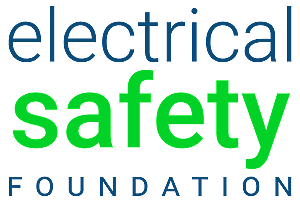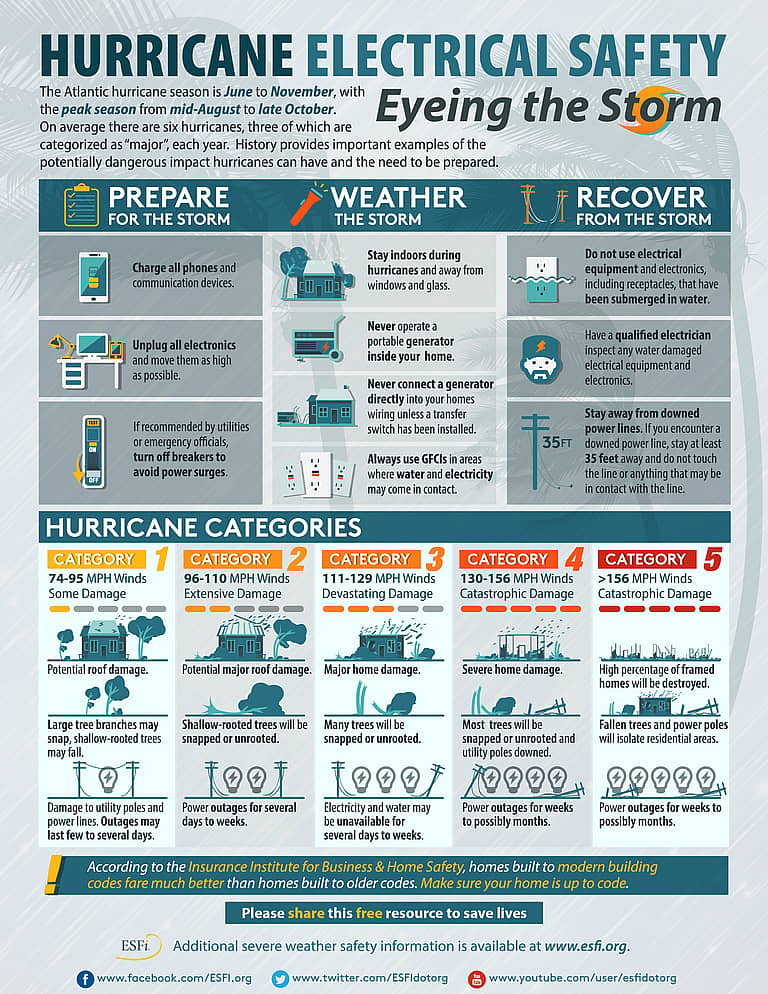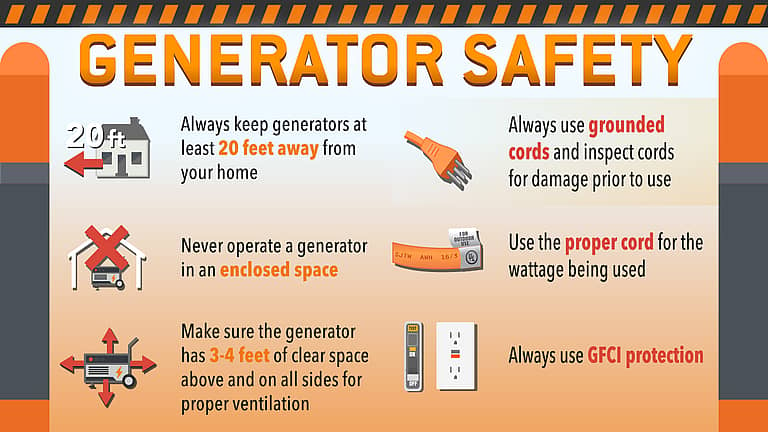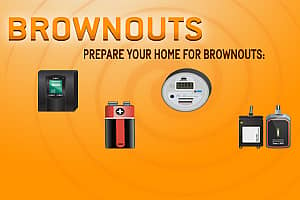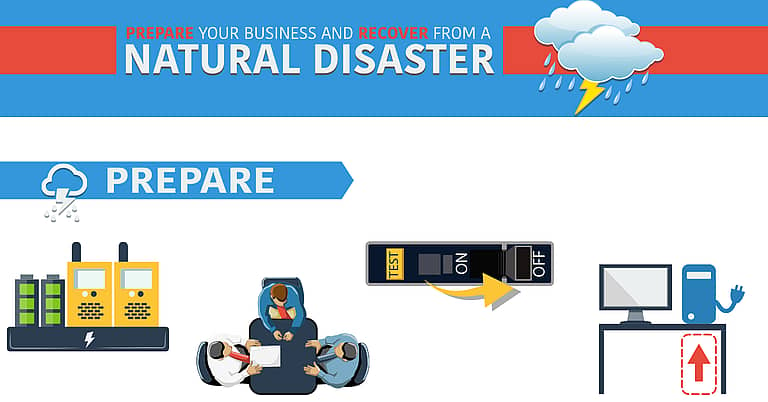The Atlantic hurricane season is June to November, with the peak season from mid-August to late October. On average there are 6 hurricanes, three of which are categorized as “major,” each year. History provides important examples of the potentially dangerous impact hurricanes can have and the need to be prepared.
-
- The deadliest hurricane in U.S. history,21 referred to as the “Great Galveston Hurricane,” struck Texas in 1900 and resulted in an estimated 11,000 deaths.
- Since 1851, the top three states for hurricane landfalls are Florida (114), Texas (63), and Louisiana (54), according to data from the Atlantic Oceanographic and Meteorological Laboratory in Miami.
- Hurricane Sandy caused 8.5 million power outages across 21 states, the highest outage total ever.
- 23 days after Hurricane Katrina local utilities had power restored to only three-quarters of their customers.
ESFI offers these safety tips to help you
Prepare for the storm
- Charge all phone and communications devices
- Unplug all electronics and move them as high as possible
- If recommended by utilities or emergency offices, turn off breakers to avoid power surges
Weather the storm
- Stay indoors during hurricanes and away from windows and glass
- Never operate a portable generator inside your home
- Never connect a generator directly into your home’s wiring unless a transfer switch has been installed
- Always use GFCIs in areas where water and electricity may come in contact
Recover from the storm
- Do not use electrical equipment and electronics, including receptacles, that have been submerged in water
- Have a qualified electrician inspect any water-damaged electrical equipment and electronics
- Stay away from downed power lines. If you encounter a downed power line, stay at least 35 feet away and do not touch the line or anything that may be in contact with the line
